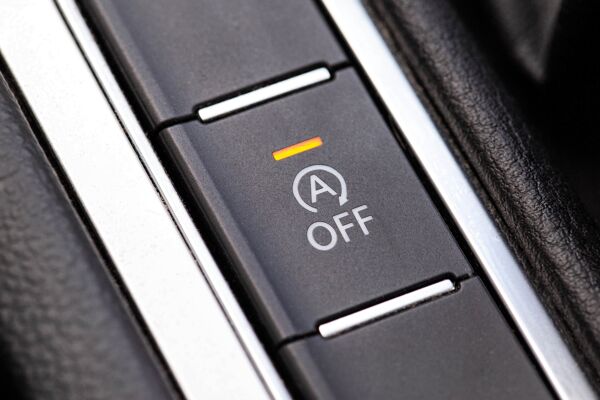
The crucial role of high-performance lubrication i...
Extreme conditions in mining cause wear and downtime. Eurol offers solutions to improve the lifespan and efficiency of machinery.
9 de mayo

En general, el punto de ebullición de un líquido de frenos se considera un indicador importante a la hora de determinar su calidad. Los líquidos de frenos con un punto de ebullición demasiado bajo pueden provocar una disminución del rendimiento de frenado, especialmente durante frenadas intensas o prolongadas. Cuanta más humedad absorbe un líquido de frenos, más disminuye su punto de ebullición. Los líquidos de frenos son higroscópicos, lo que significa que absorben la humedad del aire circundante.
Uno de los sistemas de medición del mercado es el bolígrafo de prueba de líquido de frenos, que mide la conductividad eléctrica del líquido. Posteriormente, convierte la conductividad medida y la muestra como contenido de humedad. En teoría, este método podría ser válido si todos los líquidos de frenos tuvieran la misma composición química y, por tanto, la misma conductividad. Sin embargo, la composición puede variar según el fabricante, lo que hace que los resultados a menudo no sean fiables.
Además de medir la conductividad como forma de estimar el punto de ebullición del líquido de frenos, también existen dispositivos que pueden medirlo directamente calentando el líquido. Eurol ha probado líquidos de frenos DOT 4 de diferentes fabricantes con dos medidores de conductividad comparables y los ha analizado mediante un método de laboratorio oficial: el método Karl Fischer (ASTM D6304).
Según este método, los líquidos de frenos nuevos contienen de media un 0,1 % de humedad. No obstante, los medidores de conductividad mostraron lecturas diferentes, incluso al repetir las pruebas con las mismas muestras. Al añadir humedad a las muestras, las lecturas seguían siendo incorrectas y variaban entre dispositivos. En algunos casos, incluso no se detectaba ningún cambio, a pesar de haberse añadido cantidades significativas de humedad (hasta un 6 %) al líquido de frenos.
Finalmente, el líquido de frenos fue analizado con un dispositivo que mide directamente el punto de ebullición. Este dispositivo no mostró lecturas inesperadas durante las pruebas, incluso al añadir humedad al líquido. Indicó que todas las muestras sin humedad añadida cumplían con la especificación DOT 4 de al menos 230 °C. Además, a mayor contenido de humedad, menor era el punto de ebullición.
Parece que no siempre se puede confiar en los dispositivos de medición prácticos. Los medidores de conductividad, especialmente el bolígrafo de prueba, rara vez ofrecen una indicación fiable del estado del líquido de frenos. En teoría, confiar ciegamente en estas lecturas podría ser incluso peligroso si el dispositivo no detecta el aumento del contenido de humedad. A la vista de los resultados, Eurol recomienda utilizar un dispositivo que mida directamente el punto de ebullición: las pruebas demostraron que este método proporciona los resultados más fiables.

Extreme conditions in mining cause wear and downtime. Eurol offers solutions to improve the lifespan and efficiency of machinery.

Seguramente te resulta familiar la siguiente situación: llegas a un semáforo y el motor se apaga. Afortunadamente, se vuelve a encender cuando quieres continuar. ¿Irritante...

¿Qué función cumple realmente un refrigerante, cuáles son las diferencias entre tecnologías y qué propiedades tienen? ¿Y por qué ya no es posible elegir un refrigerante bas...

Ahorro de combustible, cambios de marcha más suaves, mayor vida útil y cárteres más pequeños: estos son los principales impulsores de la innovación en el ámbito de las tran...

Extreme conditions in mining cause wear and downtime. Eurol offers solutions to improve the lifespan and efficiency of machinery.

Seguramente te resulta familiar la siguiente situación: llegas a un semáforo y el motor se apaga. Afortunadamente, se vuelve a encender cuando quieres continuar. ¿Irritante...

¿Qué función cumple realmente un refrigerante, cuáles son las diferencias entre tecnologías y qué propiedades tienen? ¿Y por qué ya no es posible elegir un refrigerante bas...

Ahorro de combustible, cambios de marcha más suaves, mayor vida útil y cárteres más pequeños: estos son los principales impulsores de la innovación en el ámbito de las tran...
